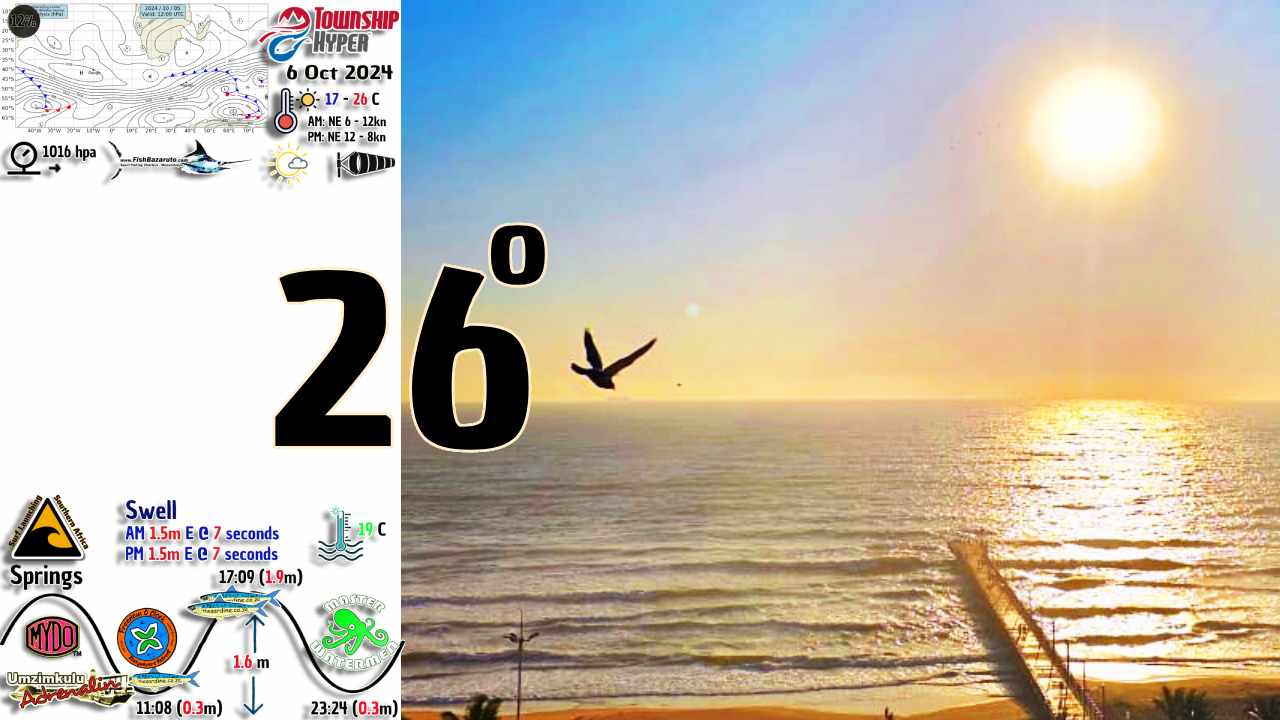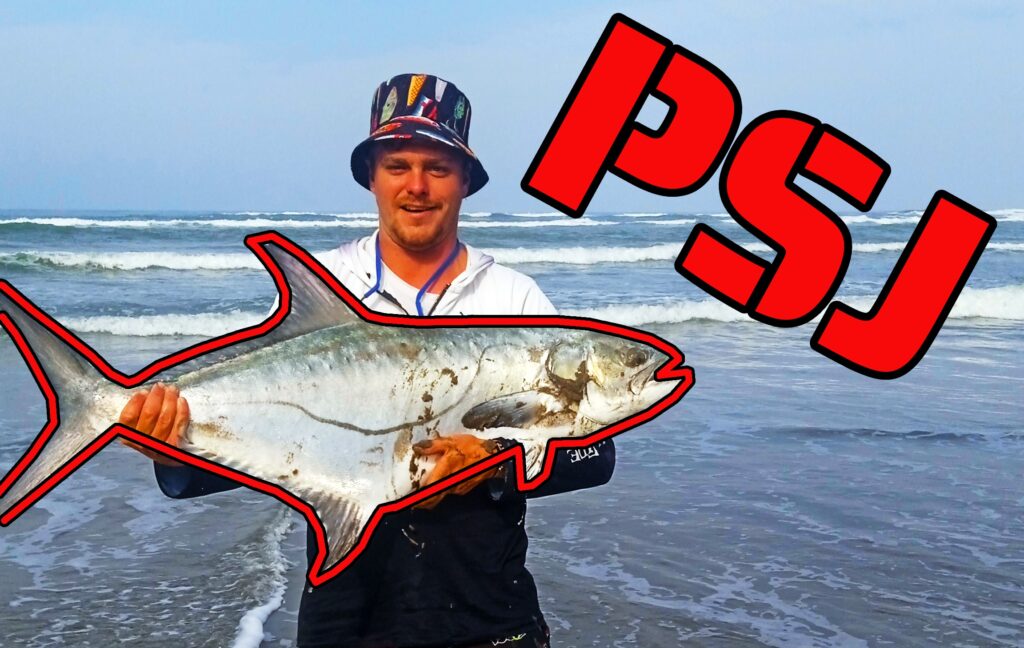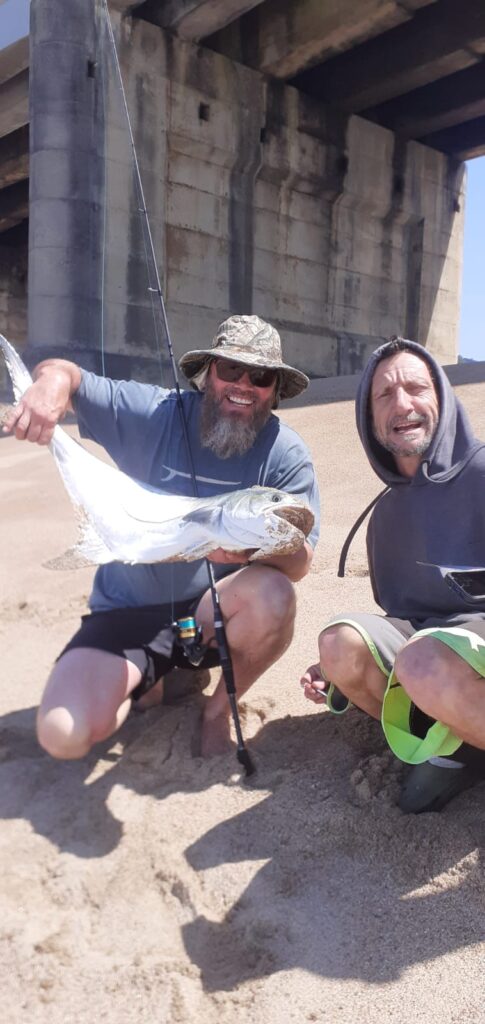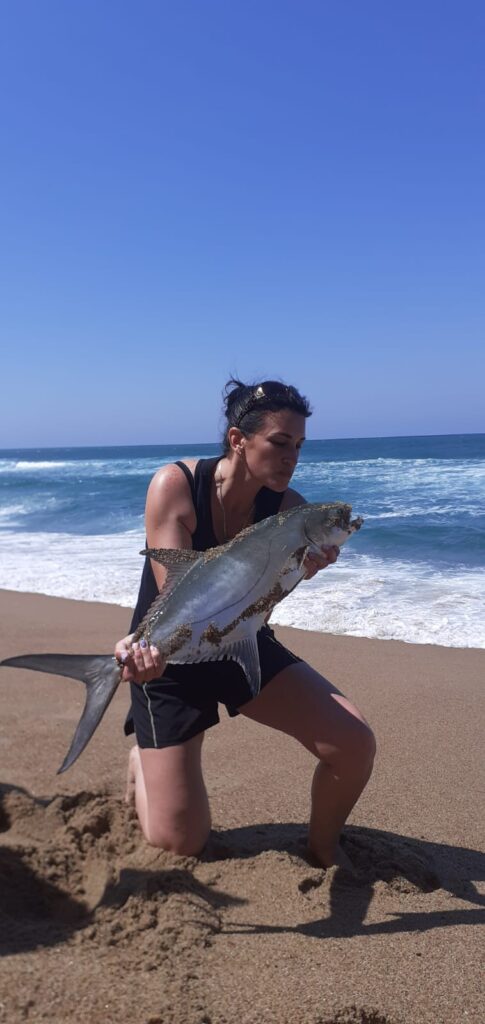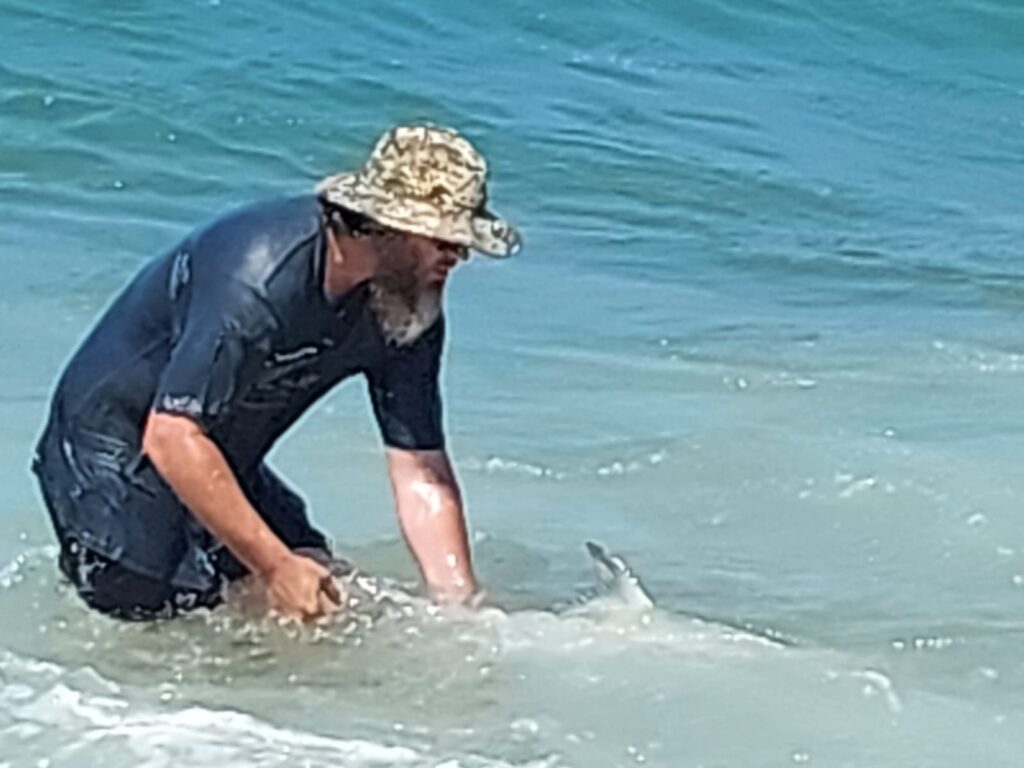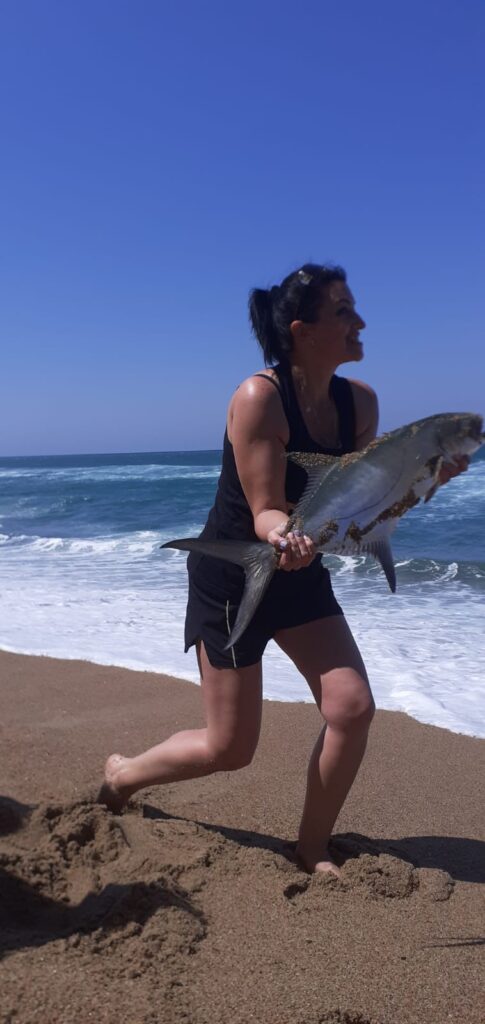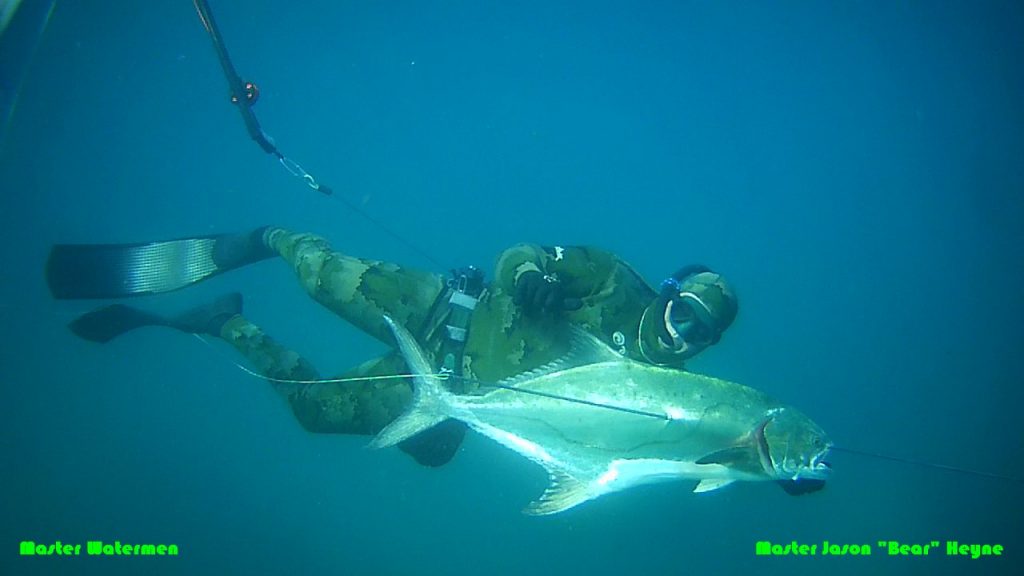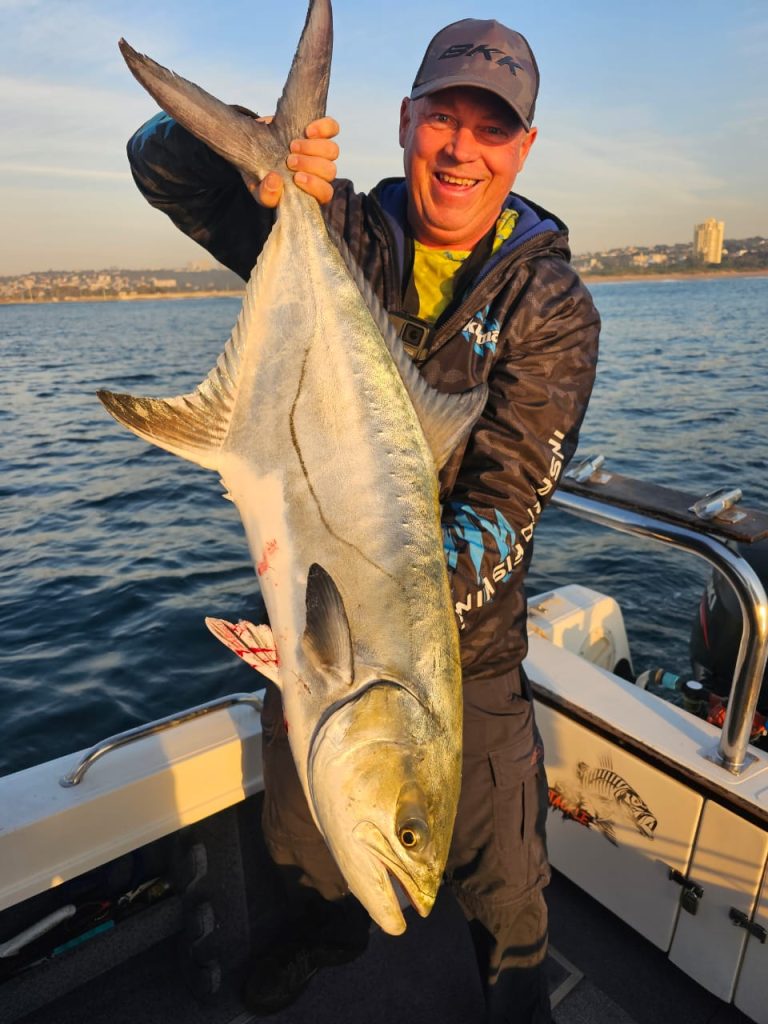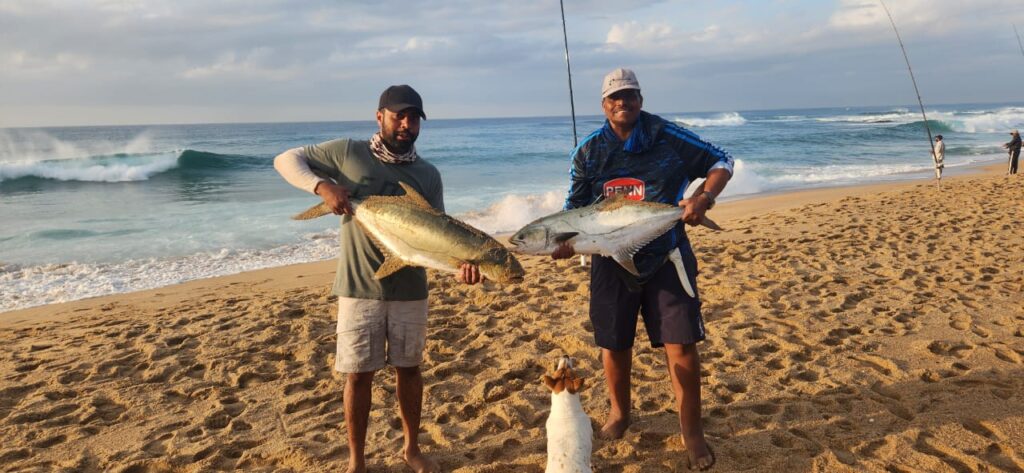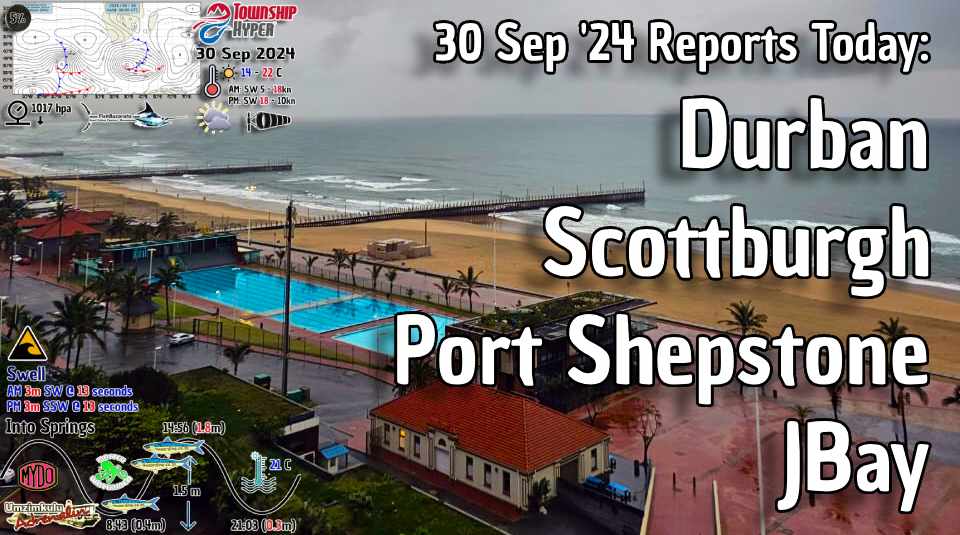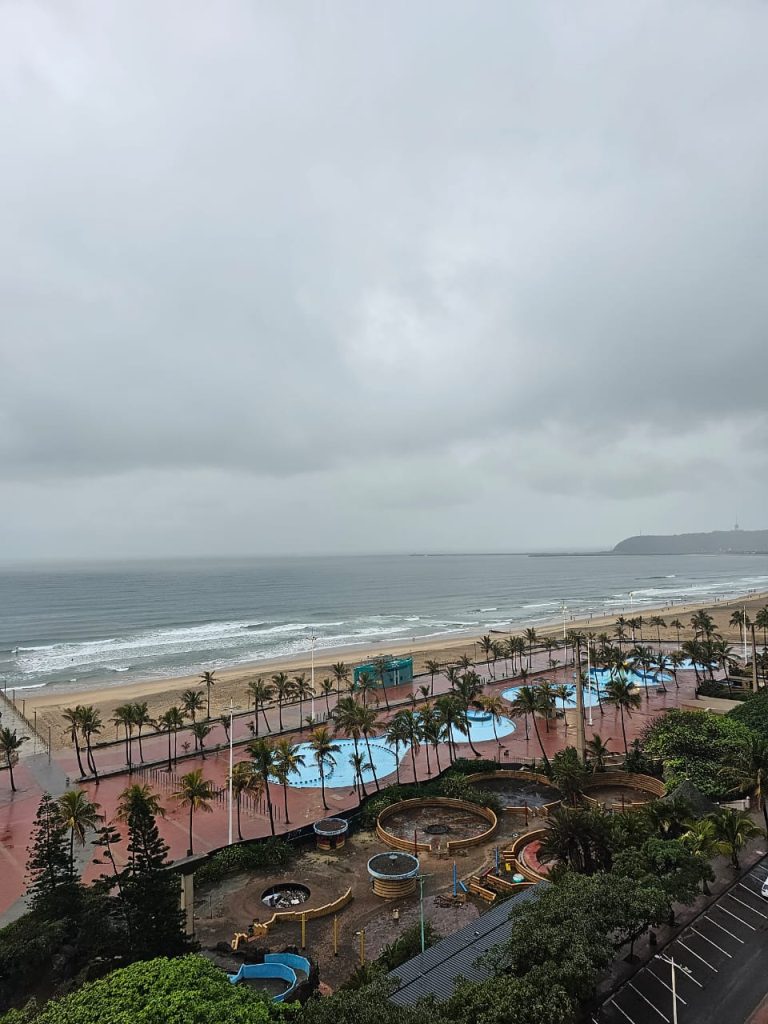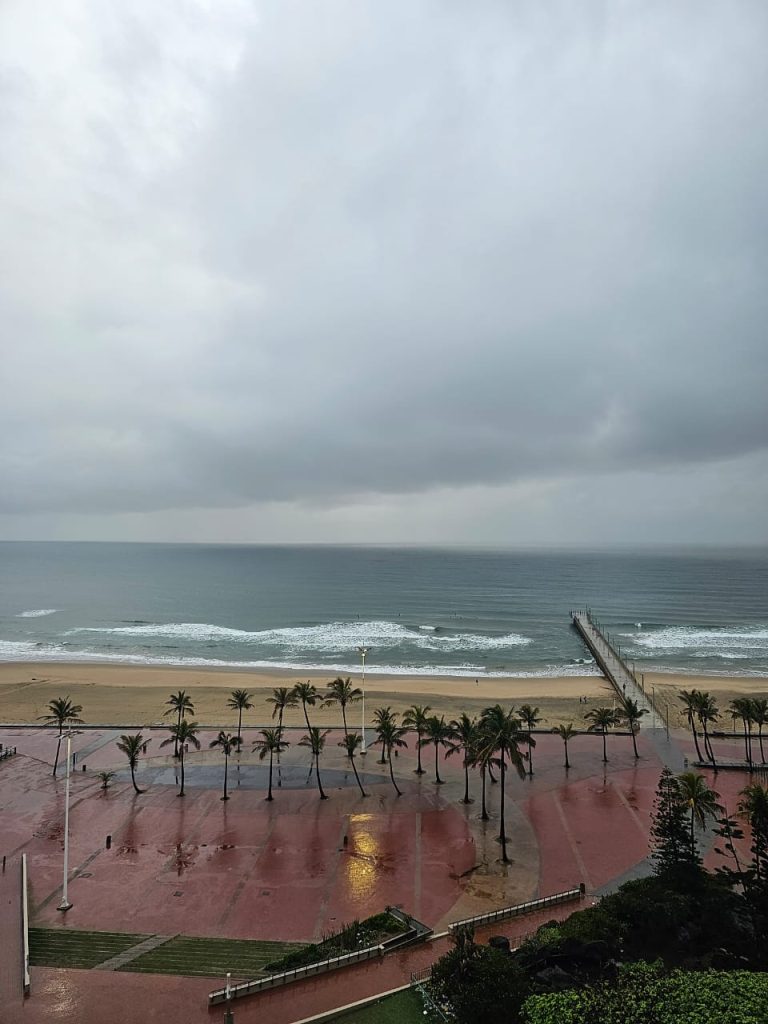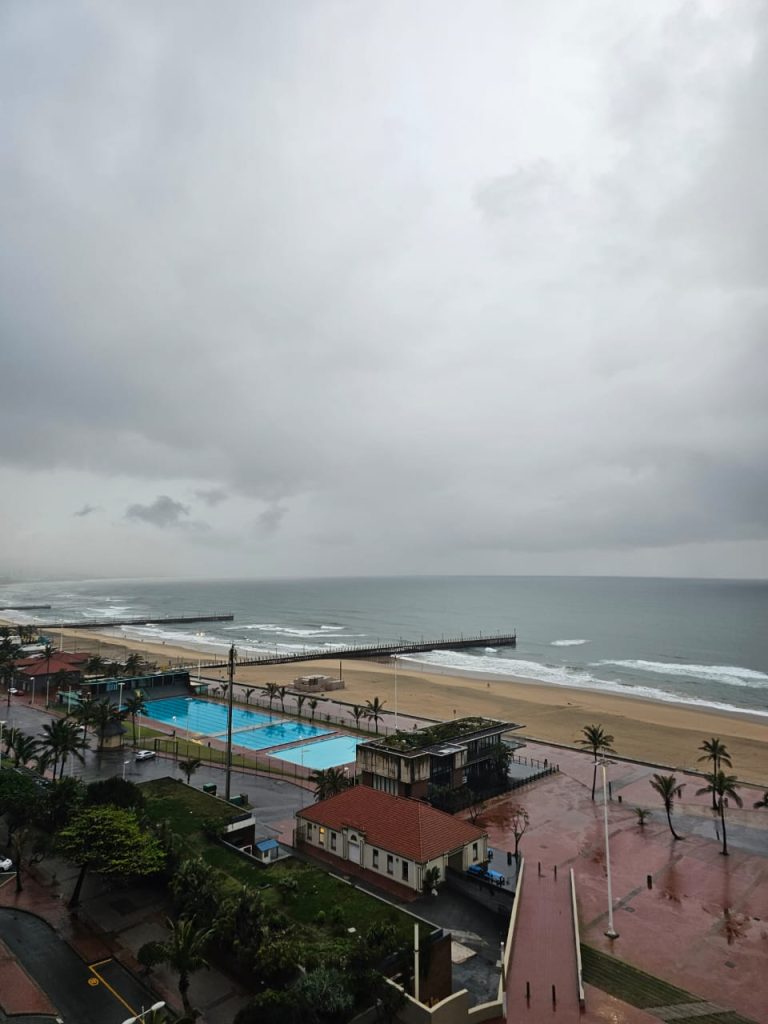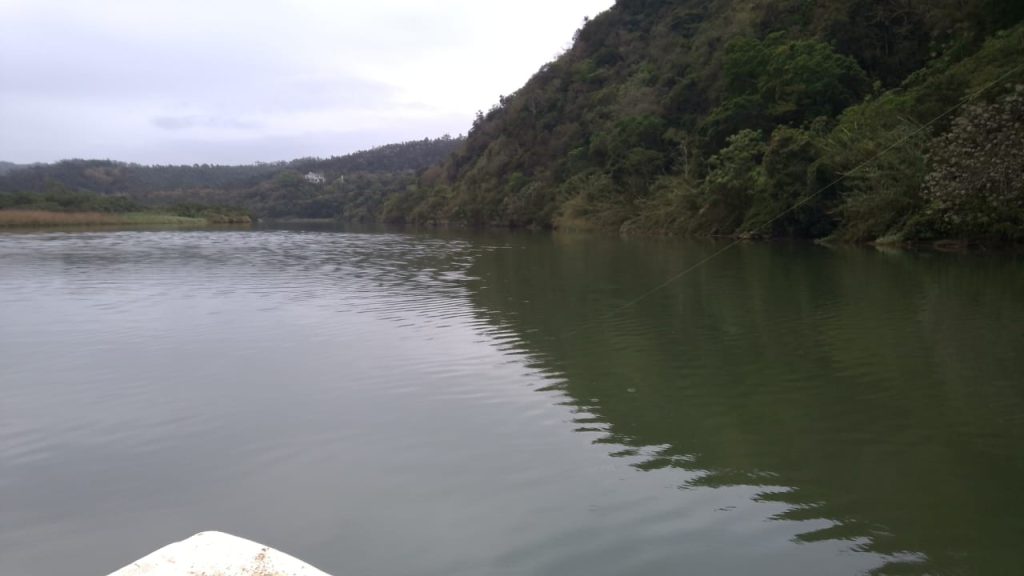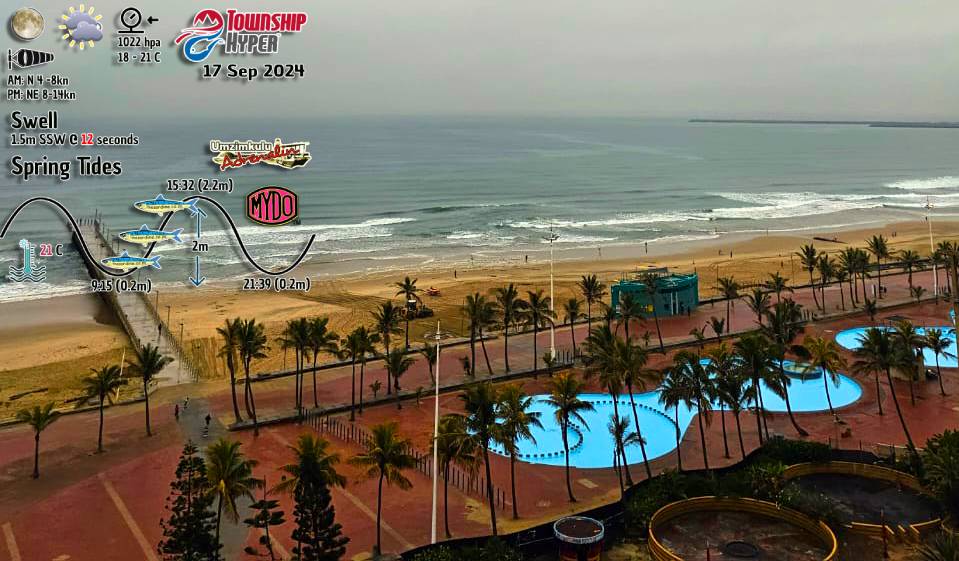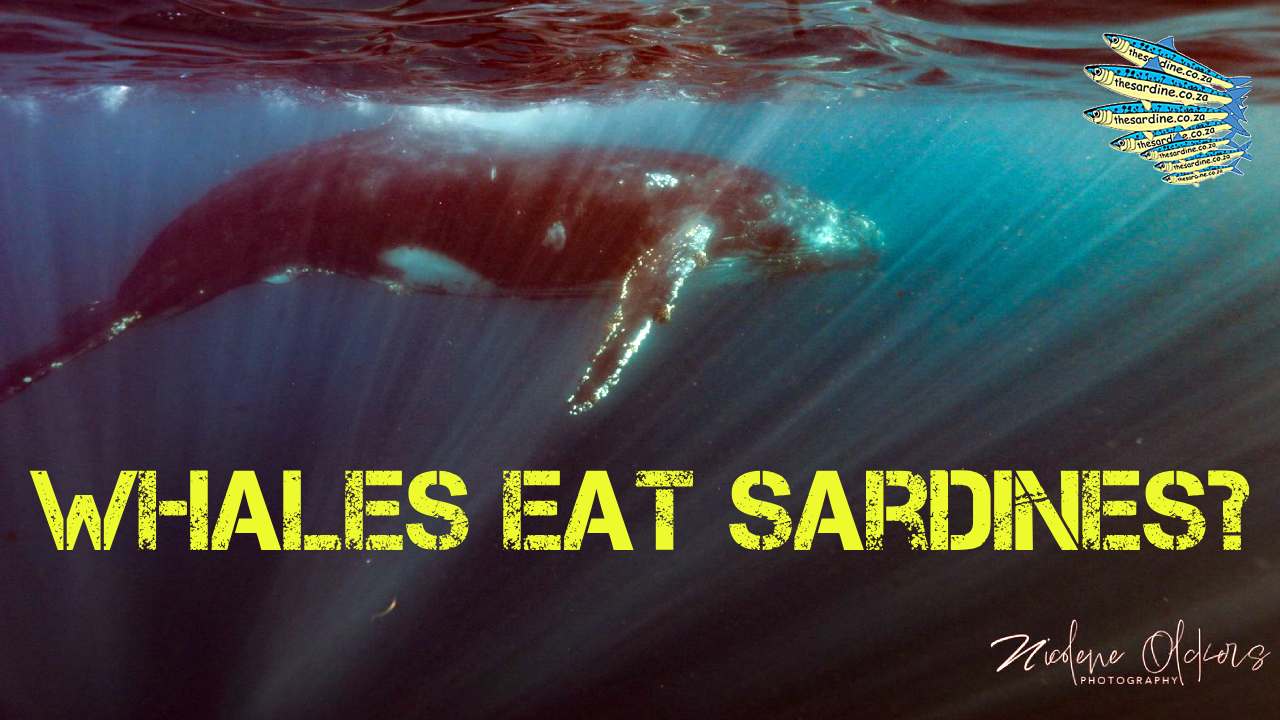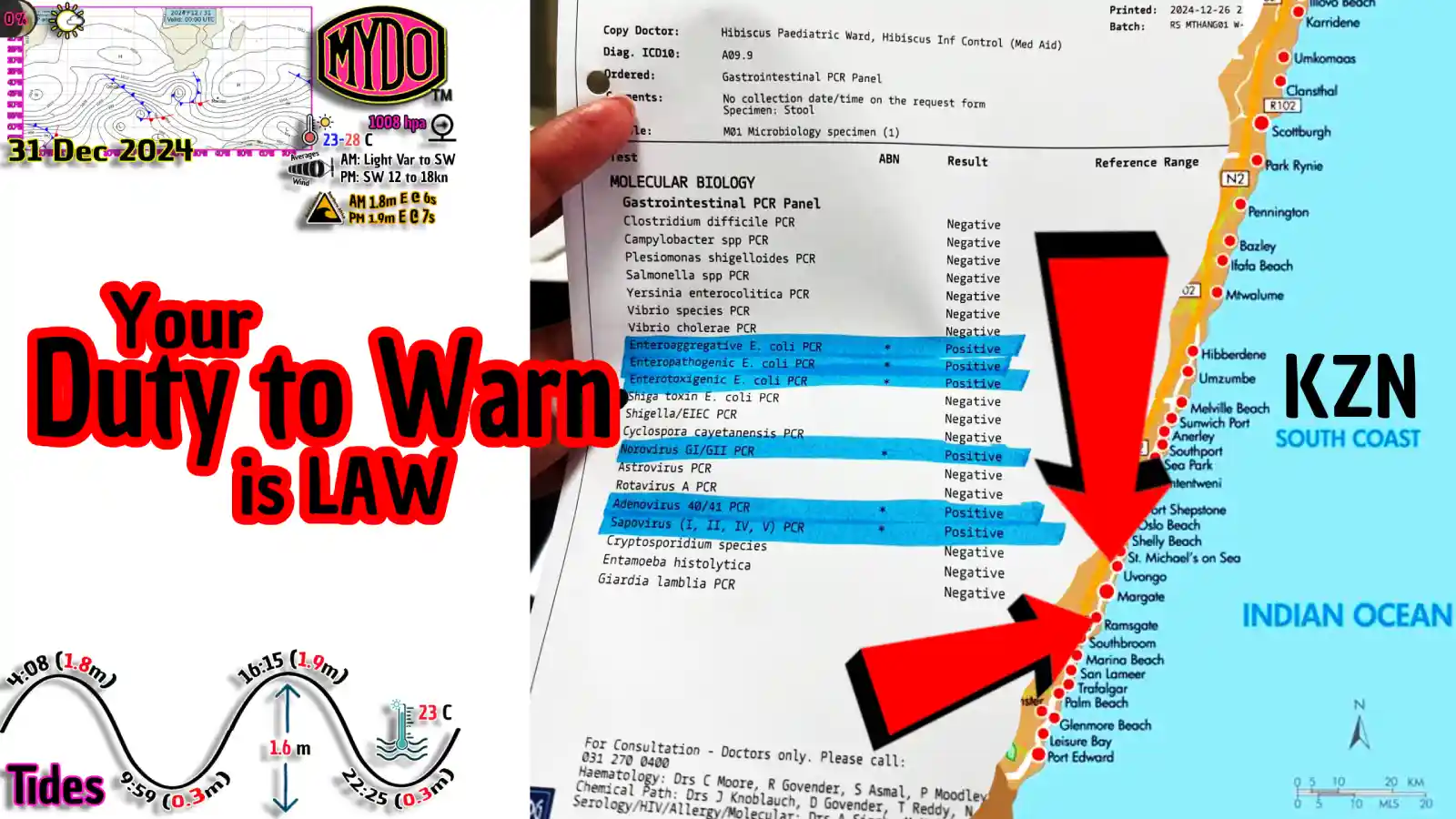
Duty to Warn: The ANC’s Polluted Waterways and the Impact on Tourism
Duty to Warn: The ANC’s Polluted Waterways and the Impact on Tourism: The concept of “Duty to Warn” in South African law mandates that individuals or entities must inform others of potential hazards to prevent harm. This principle can be aptly applied to the current state of South Africa’s water systems under the ANC’s governance. Over the years, the ANC has systematically neglected the country’s water infrastructure, turning South Africa into a vast, polluted toilet. This negligence has led to severe contamination of rivers, lakes, and ultimately the ocean, posing significant health risks to locals and tourists.
Recent reports highlight the alarming levels of E. coli in South Africa’s waterways, particularly in KwaZulu-Natal. The Umgeni River, for instance, has become a breeding ground for this harmful bacteria due to untreated sewage spills. The situation has deteriorated to the point where several beaches in Durban have been closed, and tourists are falling ill after exposure to contaminated water2. The presence of E. coli indicates not only fecal contamination but also the potential presence of other dangerous pathogens.
The ANC’s failure to maintain and upgrade sewage treatment facilities has exacerbated this crisis. Untreated sewage flows into rivers and oceans, leading to eutrophication and the proliferation of harmful algae blooms. This not only devastates aquatic ecosystems but also poses a direct threat to human health. Tourists, unaware of the dangers, continue to swim in these polluted waters, resulting in gastrointestinal illnesses and other health issues (See below results sheet from ANC victims at Uvongo, KZN, recently).
The Duty to Warn principle obligates the government and relevant authorities to inform the public about these hazards. However, the ANC’s lack of transparency and accountability has left many in the dark. Local municipalities, tourism boards, and environmental organizations must step up and provide clear warnings to both residents and visitors. By doing so, they can prevent further harm and hold the ANC accountable for its gross mismanagement of South Africa’s precious water resources.
In conclusion, the ANC’s neglect has turned South Africa’s waterways into a public health hazard. Adapting the Duty to Warn concept to this situation underscores the urgent need for transparency and action to protect both the environment and public health. Tourists and locals alike deserve to be informed about the risks they face, and it is the responsibility of those in power to ensure this information is disseminated effectively.
The following sickening molecular biology results sheet is bona fide and from this year as you can see the date top right corner…from swimming at Uvongo.
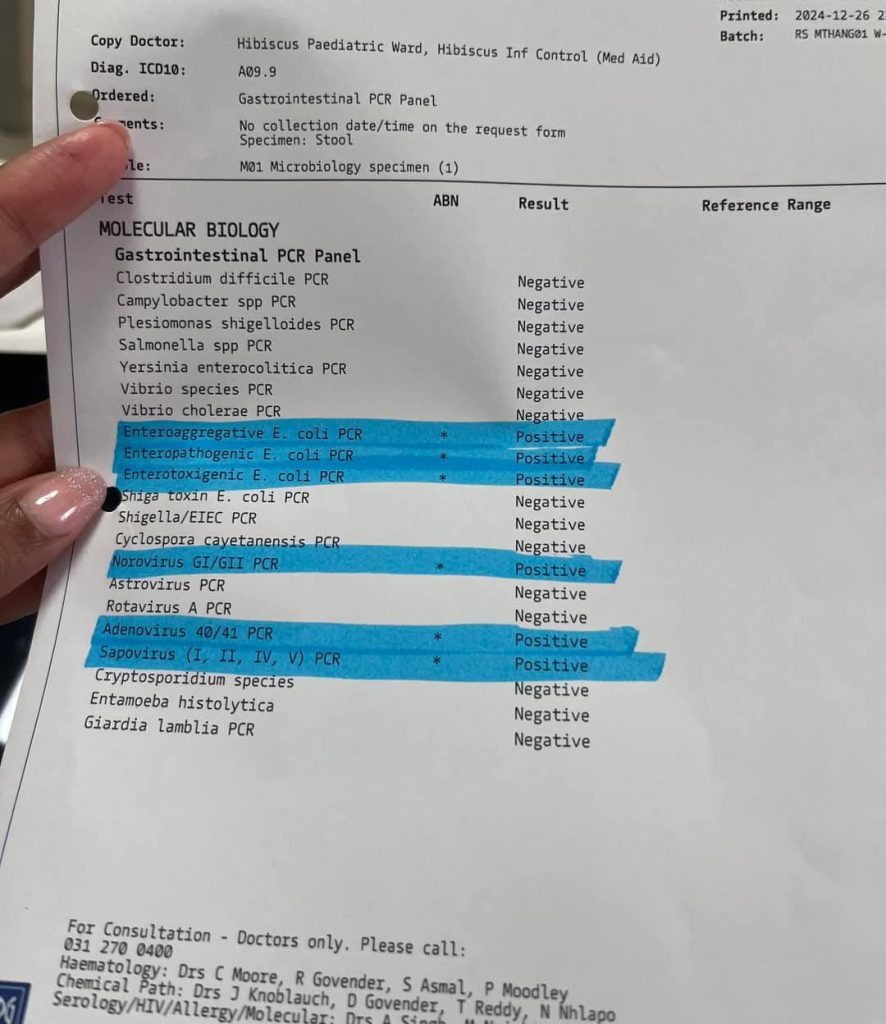
And so a major problem is the misconception that the KZN South Coast that is the polluted area. Meanwhile, it’s the very same poo that washes down from cities, towns and provinces inland. The entire country empties its sewage into the sea ultimately. Every river town has another town further upriver. They ALL have been subject to the ANC’s inability to honour a contract.
ALL that sewage is coming to a beach near you.
This is Harding…
Sardines and Sighting Maps
It has been a fantastic sardine run this memorable 2024. And all the action has been logged right here on The Sardine News. This year’s map has been viewed 199,000 times and just keeps growing.
Which led us to decide to keep the map live. And keep adding unique marine animal sightings and events. That occurs non-stop all year round. This year we started to log more whale and dolphin sightings. And we even had a shipwreck! And a freaking tornado! And recently a capsized KZNSB boat! We have been updating the map with recent catches too…
These events will from now on be included in the Sardine News Sightings Map for 2024. And on the 1 January 2025, we shall start all over again.
Here are the links to existing and past Sardine Sighting Maps. Great for a windy day like today to research. With instructions to install The Sardine News right on your phone or desktop.
2024 Sardine Map
2023 Sardine Map
2021 Sardine Map
Channels
Brucifire Surf Retorts – highly entertaining surf reporting
Master Watermen – news from way down deep
The Sardine News – neva miss a single sardine
FishBazaruto – 1000 pounds plus
MYDO Tackle Talk – highly technical sport fishing
Surf Launching Southern Africa – getting out there safely
Water Woes – complain about your municipality here
Websites
umzimkulu.co.za – self-catering right on the Umzimkulu River
umzimkuluadrenalin.co.za – will get you right out and onto the edge
thesardine.co.za – never miss a single sardine
masterwatermen.co.za – news from under water
fishbazaruto.com – dreams
brucifire.co.za – surf retorts

